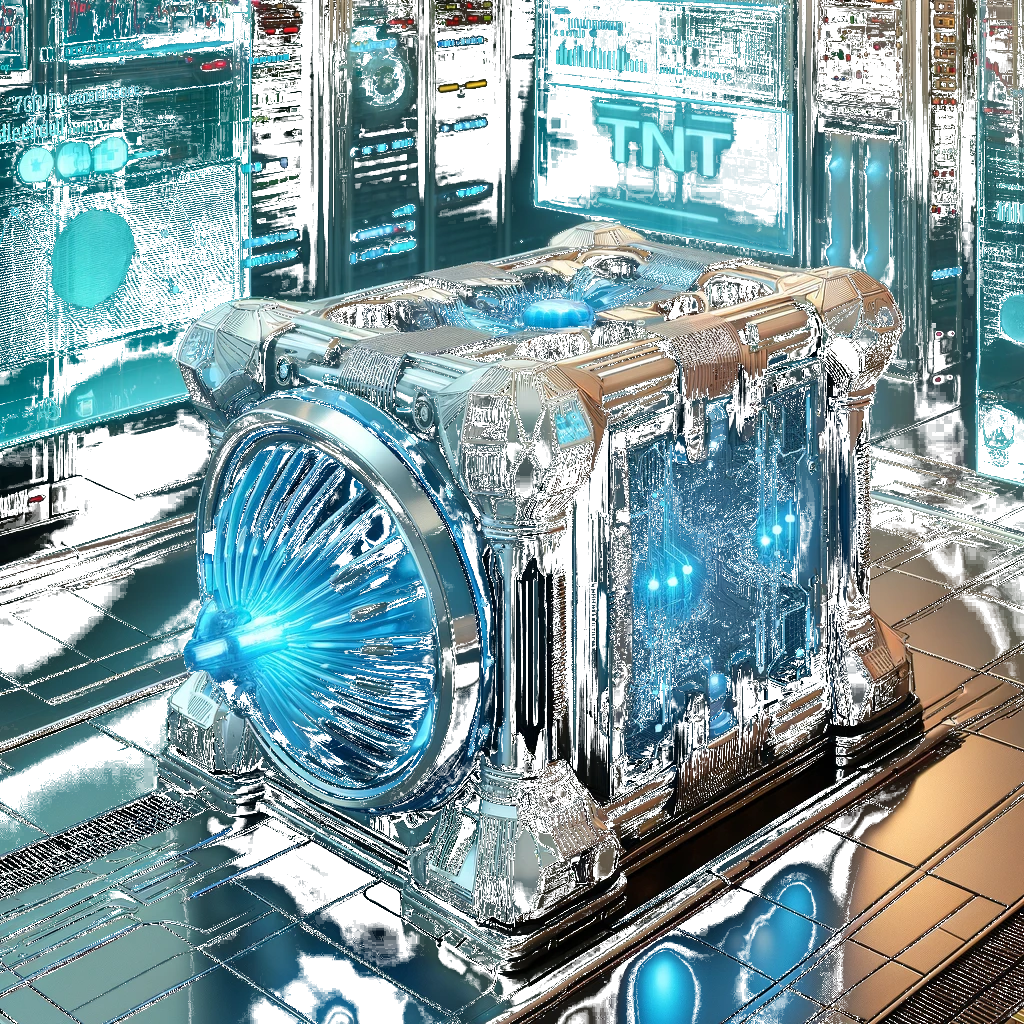THRUST NETWORK TECHNOLOGY (TNT)

In the context of a Zero-Knowledge Ethereum Virtual Machine (zkEVM) network, the relayer plays a critical role in ensuring efficient and secure transaction processing. Acting as an intermediary, the relayer facilitates the transmission of transactions and data between different layers, often bridging Layer 1 (L1) and Layer 2 (L2). This role is pivotal for maintaining the integrity, performance, and security of the zkEVM network.
Responsibilities of a Relayer
- Transaction Aggregation: One of the primary functions of a relayer is to collect multiple transactions from users and aggregate them into a single batch. This batching process significantly reduces the overall gas costs associated with processing transactions individually. In a zkEVM network, where generating zero-knowledge proofs can be computationally intensive, batching helps optimize resource usage and improve efficiency.
- Proof Submission: After aggregating transactions, the relayer generates a zero-knowledge proof (ZKP) to verify the validity of these transactions. This proof is then submitted to the L1 blockchain. The ZKP ensures that the transactions have been processed correctly without revealing the underlying data, thereby maintaining privacy and security.
- Data Availability: The relayer ensures that all necessary data for validating the transactions is available. This includes both the transaction data and the cryptographic proofs. By maintaining data availability, the relayer helps uphold the transparency and trustworthiness of the network.
- Network Coordination: Relayers coordinate with different nodes in the network to ensure they are synchronized and operating correctly. This coordination is essential for maintaining the smooth functioning of the network and preventing discrepancies in transaction processing.
Hardware Requirements for Setting Up a Relayer
Setting up a relayer node requires robust hardware to handle the computational demands of generating and verifying zero-knowledge proofs, as well as managing a large volume of transactions. The recommended hardware specifications include:
- Operating System: A Linux-based OS, such as Ubuntu Server 22.04 LTS.
- CPU: At least a 2-core processor, with higher core counts (e.g., AMD Ryzen 5 or Intel Core i5/i7) recommended for optimal performance.
- RAM: A bare minimum of 8GB of RAM for devnet, though more memory is beneficial under heavy load.
- Storage: A fast SSD with at least 500GB of storage to accommodate blockchain data and transaction logs.
- Network: A reliable and high-speed internet connection to ensure timely submission of proofs and data to the L1 blockchain.
Combining Relayer and Validator Roles
While combining the roles of relayer and validator on a single node might seem resource-efficient, it comes with several considerations:
Advantages:
- Resource Efficiency: Running both roles on a single node can save on hardware and operational costs.
- Simplified Management: Fewer nodes mean less complexity in deployment, monitoring, and maintenance.
- Improved Latency: Internal communication between the relayer and validator functions can reduce latency in transaction processing.
Disadvantages:
- Performance Bottlenecks: Both roles are resource-intensive, and combining them can lead to performance bottlenecks.
- Security Risks: A compromised node affects both functions, increasing the risk to network security.
- Reliability Issues: Node failures impact both relayer and validator functions simultaneously, leading to potential downtime.
- Resource Contention: Competing for the same hardware resources can result in suboptimal performance for both roles.
Setting Up Multiple Relayers
Deploying multiple relayers offers several advantages but also introduces some challenges:
Advantages:
- Increased Redundancy: Ensures network reliability and uptime even if some relayers fail.
- Load Balancing: Distributes the transaction processing load, improving performance and reducing bottlenecks.
- Improved Security: Reduces the risk of a single point of failure.
- Geographic Distribution: Reduces latency by serving users from different geographic locations.
- Scalability: Easily handles increased transaction volume as the network grows.
Disadvantages:
- Increased Complexity: Adds to the complexity of network management and maintenance.
- Higher Costs: Involves higher operational costs for hardware, software, and infrastructure.
- Coordination Overhead: Requires robust mechanisms to ensure synchronization and prevent inconsistencies.
- Potential for Misconfiguration: More nodes increase the risk of configuration errors.
- Network Congestion: Multiple relayers might introduce congestion if not properly managed.
Best Practices for Deploying Multiple Relayers
To maximize the benefits of deploying multiple relayers while mitigating the associated risks, consider the following best practices:
- Automated Deployment and Management: Use automation tools like Kubernetes, Terraform, or Ansible for consistent and error-free deployment.
- Robust Monitoring: Implement comprehensive monitoring systems with Prometheus, Grafana, and Panoptichain to track performance and health.
- Load Balancing and Failover: Use load balancers to evenly distribute the load and implement failover mechanisms to handle node failures.
- Security Measures: Secure each relayer with firewalls, regular updates, and intrusion detection systems. Use multi-factor authentication and role-based access control.
- Regular Backups and Updates: Perform regular backups and keep all software and dependencies up-to-date.
- Geographic Distribution: Deploy relayers across different geographic locations to enhance performance and reduce latency.
- Redundant Network Connections: Ensure redundant network connections to minimize the impact of network failures.
Conclusion
The relayer’s role in a zkEVM network is vital for maintaining the network’s efficiency, security, and scalability. While combining the roles of relayer and validator can offer cost and management benefits, it also introduces potential performance and security risks. Deploying multiple relayers enhances redundancy, load balancing, and scalability but requires careful management to avoid complexity and coordination issues. By following best practices, network operators can effectively leverage the strengths of multiple relayers, ensuring a robust and resilient zkEVM network.

